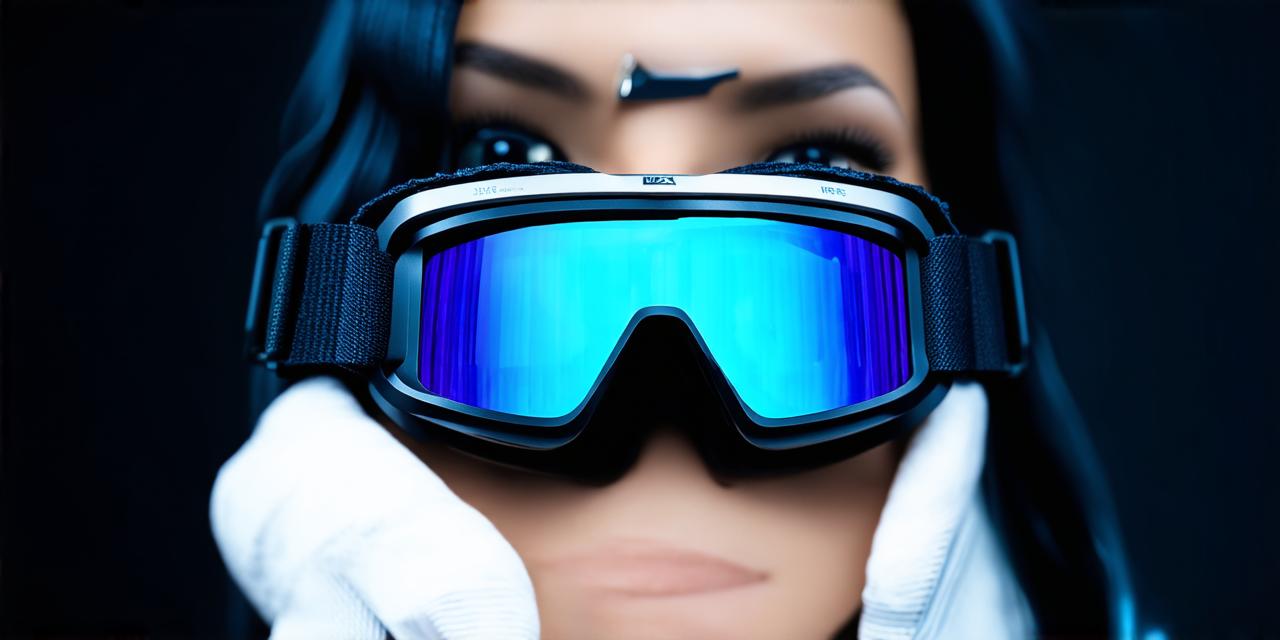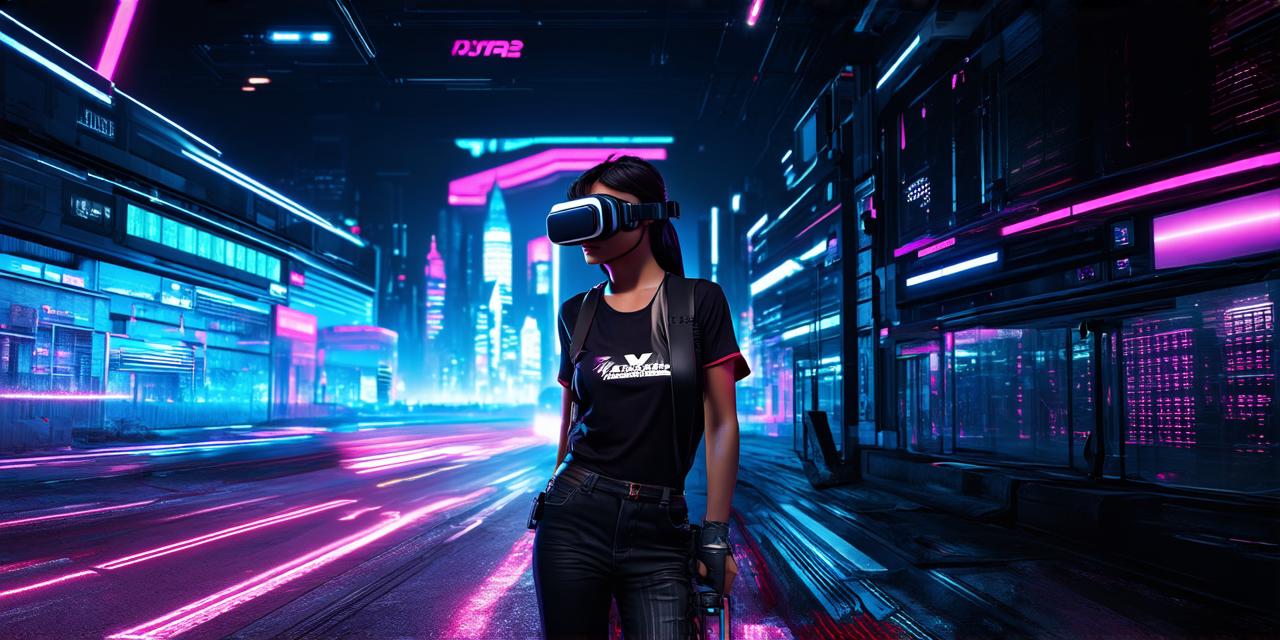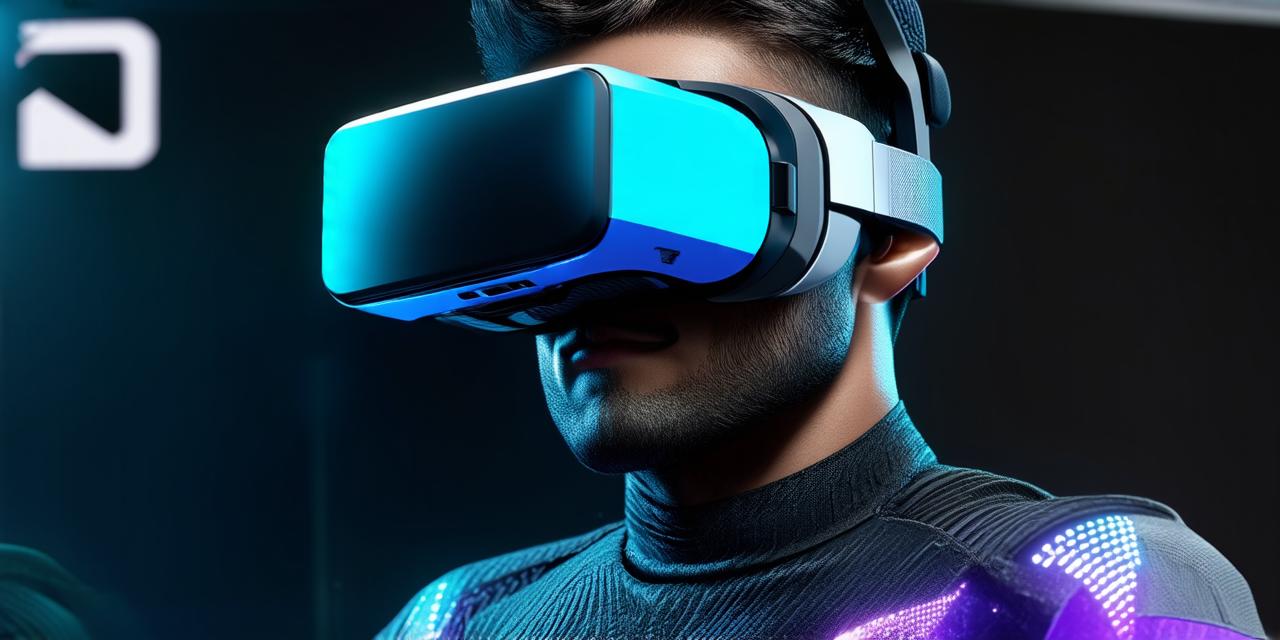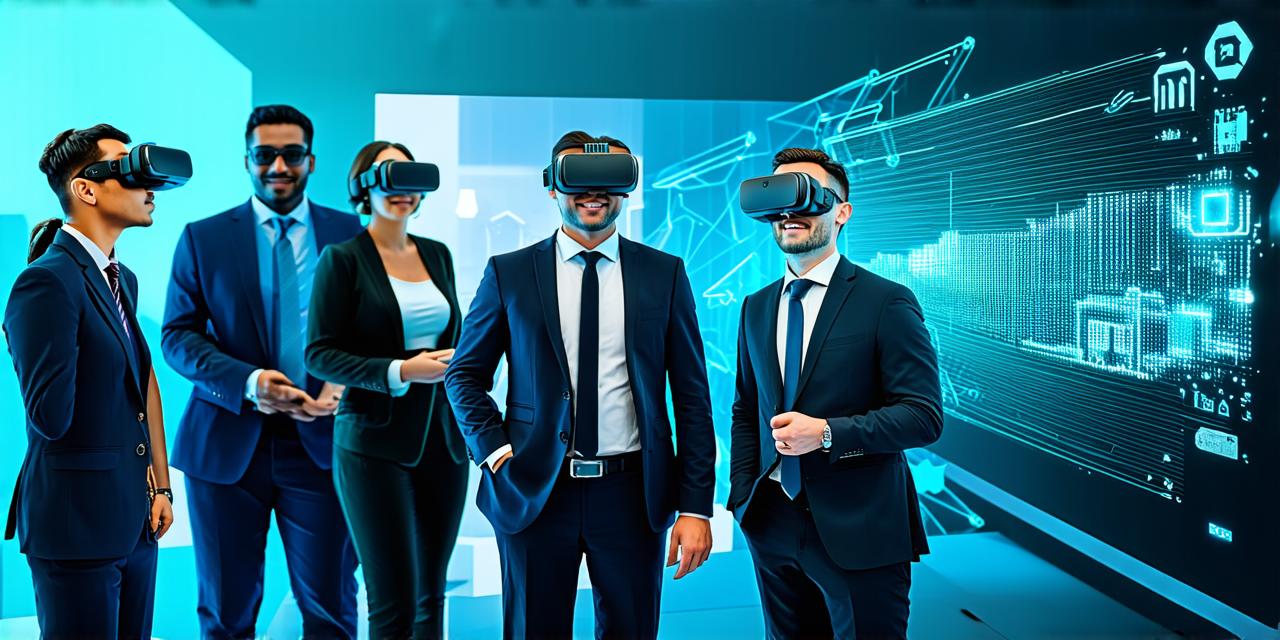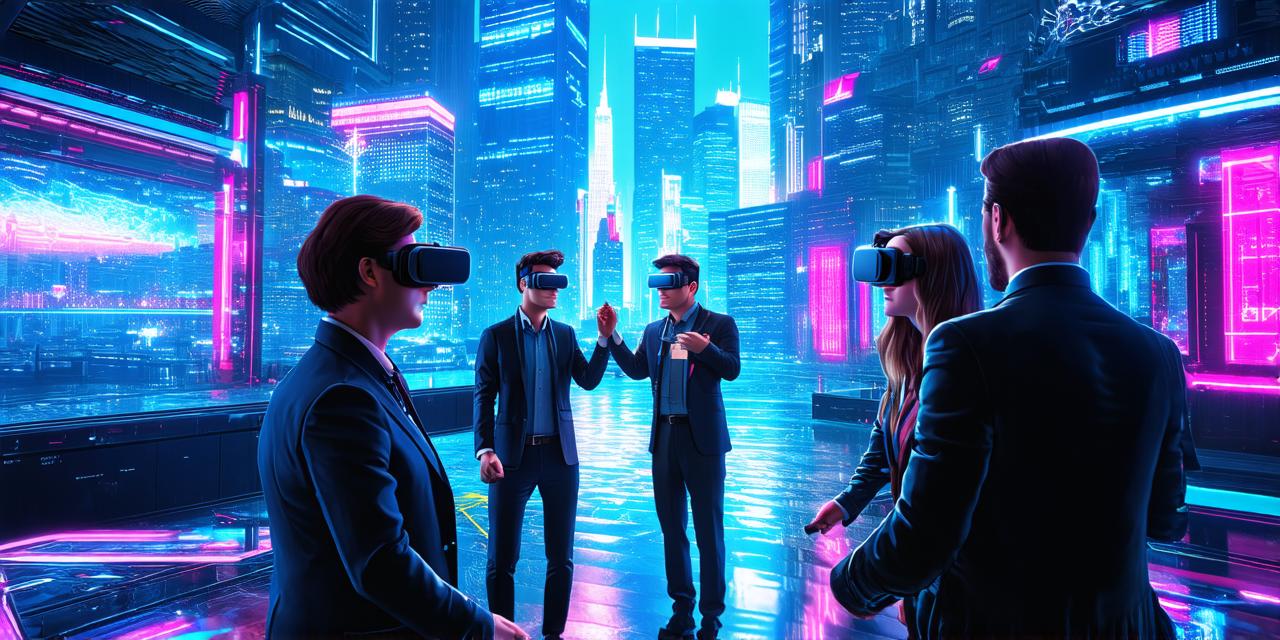Virtual reality (VR) technology has revolutionized the way we interact with digital content and each other. VR goggles are the primary device used to access virtual environments, providing an immersive experience that transports users into a simulated world.
What Are Virtual Reality Goggles?
Virtual reality goggles are head-mounted displays designed to provide an immersive experience by creating a 3D environment that surrounds the user. The display is typically mounted onto a headband or helmet, allowing users to view and interact with virtual objects in a natural way.
Virtual reality goggles come in various forms and sizes, ranging from standalone devices to high-end systems with powerful computers and sensors.
The main function of virtual reality goggles is to provide an immersive experience by creating a simulated environment that engages the user’s senses. The display creates a 3D image that is synchronized with sensors and cameras, allowing users to move and interact with virtual objects in real-time.
The display also includes features such as head tracking, which allows for more accurate tracking of the user’s movements and enhances the immersive experience.
Virtual reality goggles have been used in various industries, including gaming, education, healthcare, and training. However, their primary application is in the field of AR development, where they are used to create interactive experiences that overlay digital content onto the real world.
The Role of Virtual Reality Goggles in AR Development
Augmented reality (AR) technology is a subset of VR technology that enhances the user’s perception of the physical world by overlaying digital content onto it. AR applications require the use of sensors and cameras to track the user’s position and orientation, as well as to interact with the real-world environment.
Virtual reality goggles play a crucial role in AR development by providing an immersive experience that allows users to engage with digital content in a natural way.
Virtual reality goggles provide a 3D display that can be used to create AR applications that overlay digital content onto the real world. For example, an AR application that overlays information about a historical landmark could be displayed on a virtual reality headset, providing users with an immersive experience that allows them to explore the landmark in a more meaningful way.
Virtual reality goggles also provide developers with tools to create interactive experiences that are designed to engage users and enhance their understanding of a particular topic or concept. For example, an AR application that teaches users about physics could be created using virtual reality goggles, allowing users to interact with digital objects in a way that demonstrates the principles of physics in a fun and engaging way.
Virtual reality goggles also allow developers to create immersive experiences that are designed to simulate real-world scenarios. For example, an AR application that allows military personnel to train for combat could be created using virtual reality goggles, allowing them to practice their skills in a safe and controlled environment.
Case Studies of Virtual Reality Goggles in AR Development
Virtual reality goggles have been used in various industries to create immersive experiences that engage users and enhance their understanding of a particular topic or concept. Here are some case studies that illustrate the role of virtual reality goggles in AR development:
IKEA Place: IKEA Place is an AR application that allows users to visualize furniture and decor items in their homes before purchasing them. The application uses virtual reality goggles to create an immersive experience that allows users to see how the items will look in their home, providing them with a more informed decision when making a purchase.
Pokemon Go: Pokemon Go is a popular AR game that has captured the attention of millions of users worldwide. The game uses virtual reality goggles to create an immersive experience that allows users to hunt for virtual creatures in their real-world environment. The game has become a cultural phenomenon, demonstrating the power of VR technology to engage and entertain users.
Anatomy 4D: Anatomy 4D is an AR application that allows medical students to explore the human body in an immersive way. The application uses virtual reality goggles to create a 3D model of the human body, allowing students to explore different systems and structures in a way that enhances their understanding of human anatomy.
Tilt Brush: Tilt Brush is an AR application that allows artists to create immersive experiences using virtual reality goggles. The application uses sensors and cameras to track the user’s movements, allowing them to create 3D art in a natural way. The application has been used by artists to create unique and innovative pieces of art, demonstrating the potential of VR technology to enhance creativity and artistic expression.
Benefits of Virtual Reality Goggles in AR Development
Virtual reality goggles provide numerous benefits when it comes to AR development. Here are some key benefits:
- Immersive Experience: Virtual reality goggles create an immersive experience that allows users to engage with digital content in a natural way. This immersive experience can be used to enhance user engagement and understanding, making AR applications more effective at achieving their goals.
- Interactivity: Virtual reality goggles provide interactive tools that allow developers to create engaging experiences that are designed to capture the user’s attention and enhance their understanding of a particular topic or concept.
- Safety: Virtual reality goggles allow users to engage with digital content in a safe and controlled environment, making them ideal for training simulations and other applications where safety is critical.
- Cost-Effective: Virtual reality goggles can be used to create immersive experiences at a lower cost than traditional VR systems, making them accessible to a wider range of organizations and industries.
- Accessibility: Virtual reality goggles are designed to be user-friendly and accessible, making them ideal for applications where ease of use is critical.
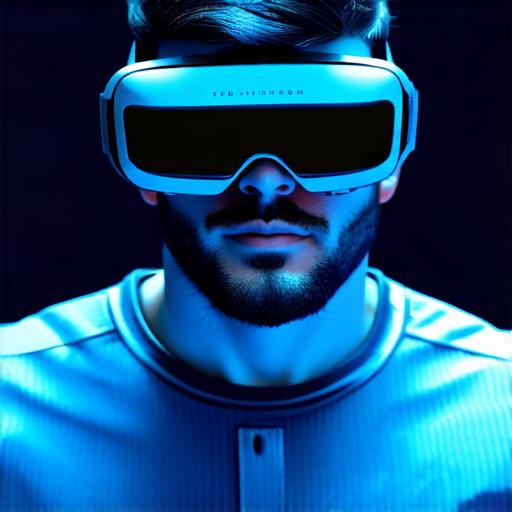
Challenges of Virtual Reality Goggles in AR Development
Despite their numerous benefits, virtual reality goggles also present challenges when it comes to AR development. Here are some key challenges:
- Cost: While virtual reality goggles have become more affordable, they still represent a significant investment for many organizations and individuals.
- Compatibility: Virtual reality goggles require powerful computers and sensors to function effectively, which can be a challenge for some applications.
- User Experience: The user experience provided by virtual reality goggles can be complex and difficult to navigate, which can limit their effectiveness in certain applications.
- Accessibility: Virtual reality goggles are being designed with increased accessibility in mind, making them suitable for users with disabilities or limitations.
- Security: Virtual reality goggles can be used to create immersive experiences that simulate real-world scenarios, which can raise security concerns in some applications.
Future of Virtual Reality Goggles in AR Development
The future of virtual reality goggles in AR development is promising, with continued advancements in technology and increasing adoption by organizations across a wide range of industries. Here are some trends that are shaping the future of virtual reality goggles in AR development:
- Improved Compatibility: As technology continues to advance, virtual reality goggles are becoming more compatible with a wider range of devices and systems, making them accessible to a broader audience.
- Enhanced User Experience: Virtual reality goggles are being designed with a focus on enhancing the user experience, making them easier to use and navigate
- Note: ……
